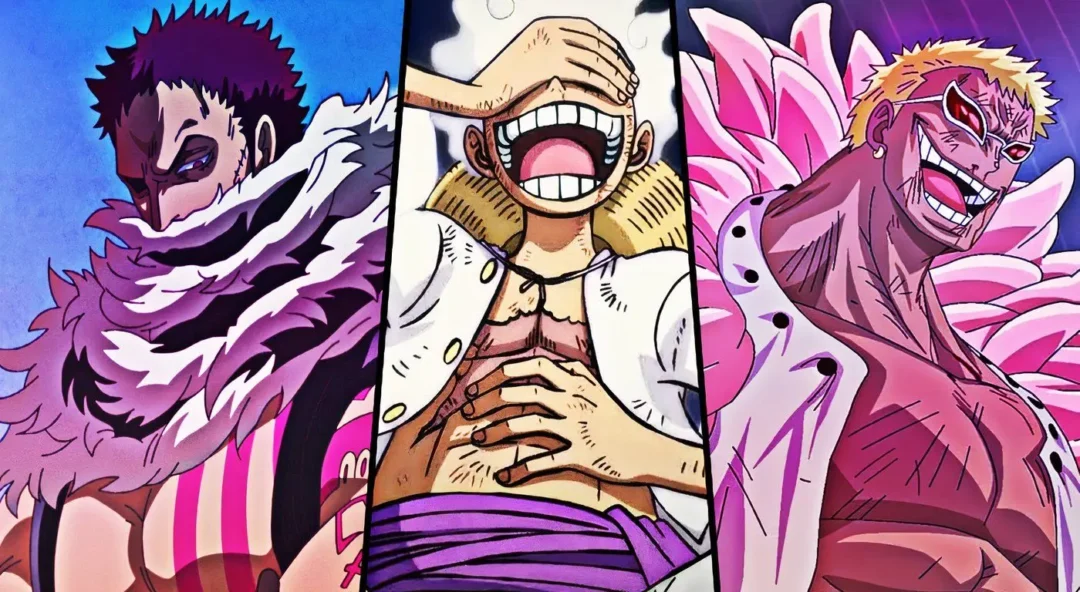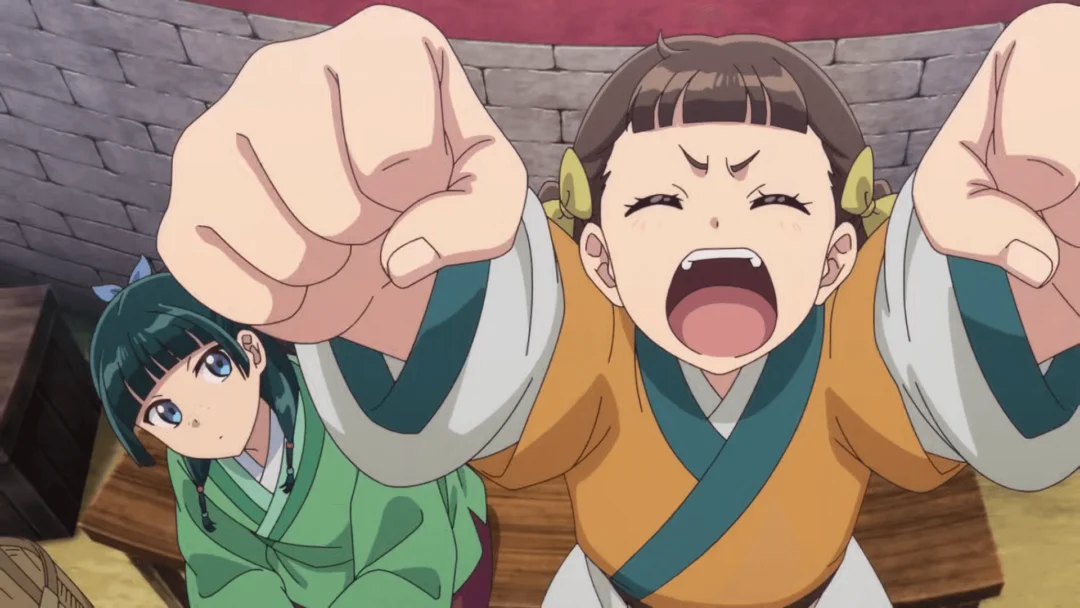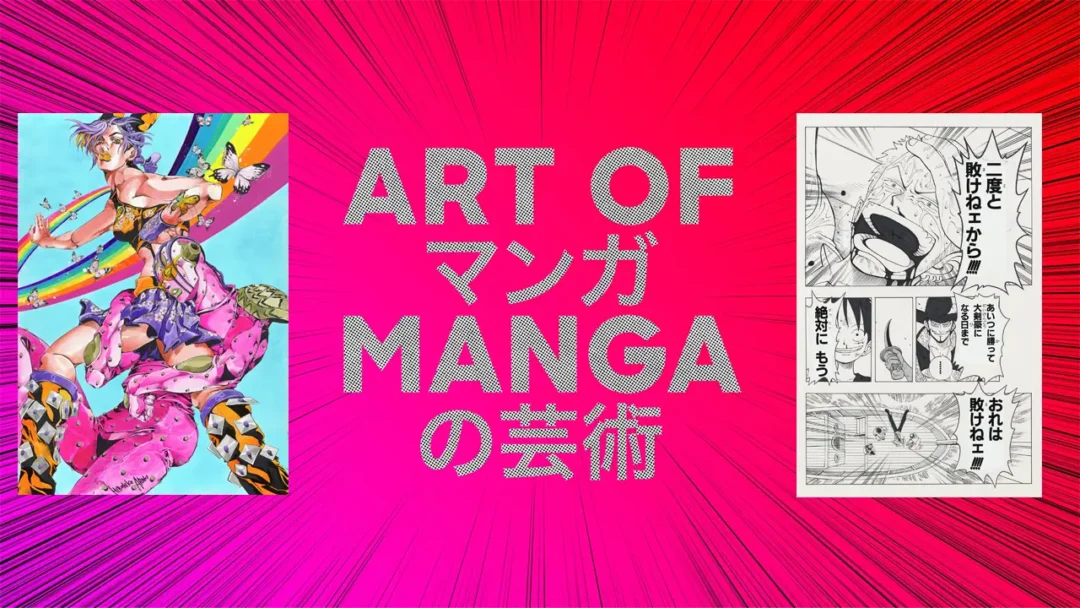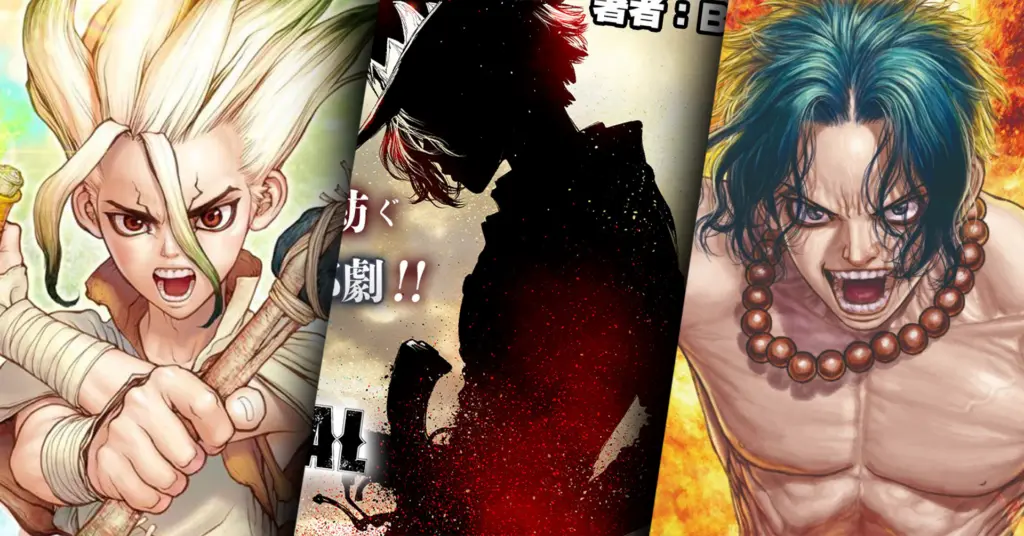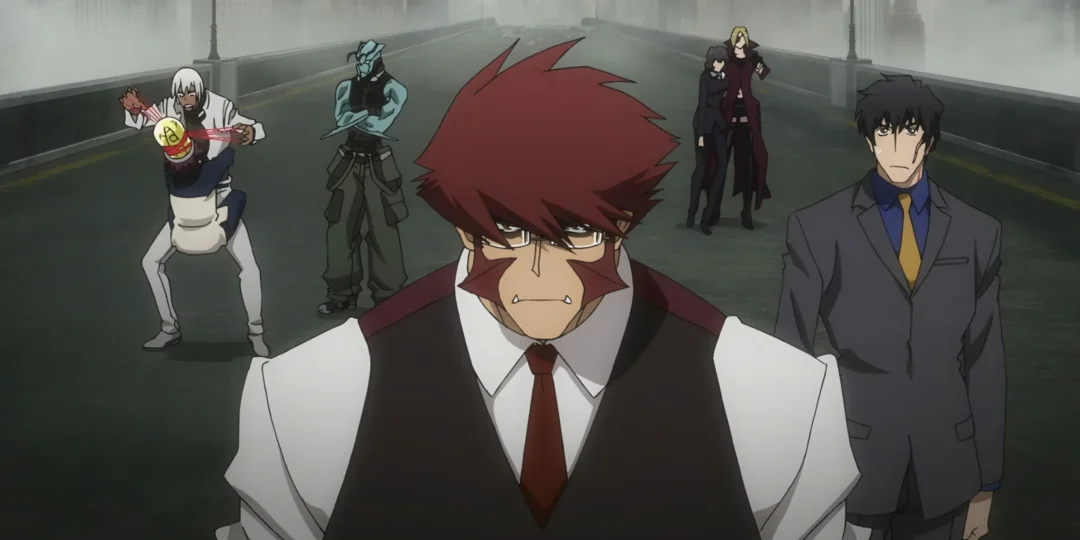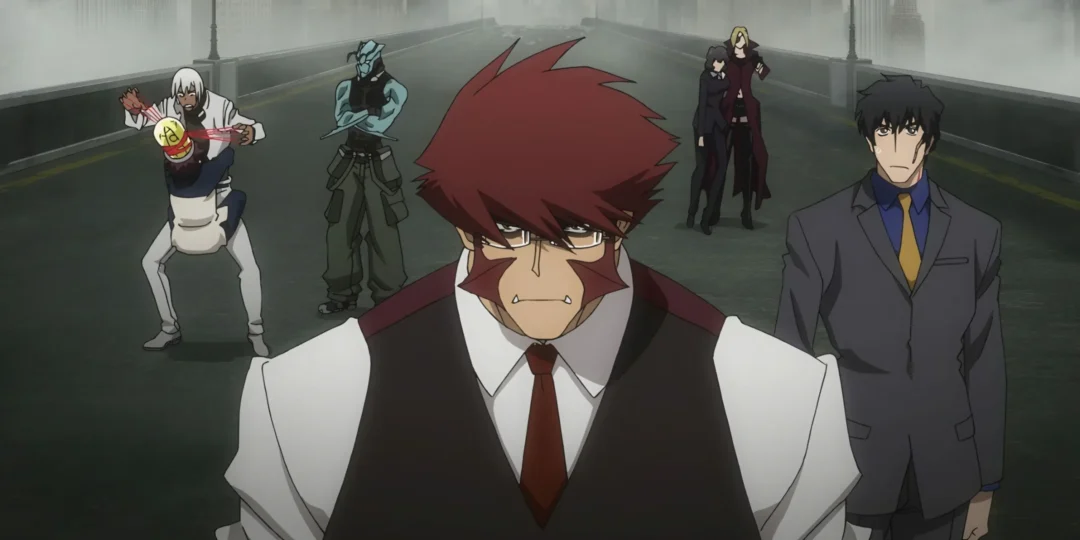The de Young Museum in San Francisco is set to host an unprecedented exhibition showcasing the extraordinary works of Hirohiko Araki, the visionary manga artist behind the globally acclaimed series JoJo’s Bizarre Adventure. This marks a significant moment for both the art world and manga enthusiasts, as Araki’s unique blend of high fashion, historical references, and dynamic characters will be presented in a major museum setting.
A Celebration of Araki’s Unique Artistic Style
Araki’s art is characterized by its distinctive fusion of diverse influences. His panels are not merely static illustrations; they are dynamic, almost theatrical compositions that echo the dynamism of Renaissance paintings, combined with the bold aesthetic of fashion magazines. This exhibition promises to provide an in-depth look at his artistic evolution, tracing his work from early illustrations to the highly stylized, iconic visuals that define JoJo’s Bizarre Adventure.
The Impact of JoJo’s Bizarre Adventure
JoJo’s Bizarre Adventure, which began its serialization in 1987, is renowned for its generational storylines, each featuring a different protagonist from the Joestar family. Every “part” of the series is set in a unique time period and location, showcasing Araki’s incredible ability to reinvent his style while maintaining a core visual identity. His use of vibrant colors, fluid lines, and elaborate poses has profoundly influenced the visual language of manga and anime. The exhibition will likely explore these shifts in style, giving insight into how Araki adapted his artistic language over the decades.
From Manga Pages to Museum Walls
What sets this exhibition apart is its move to bridge the gap between popular manga and fine art. Araki’s works, originally created for the printed page, will be presented as large-scale pieces, allowing viewers to appreciate the meticulous detail of his linework and the complexity of his compositions. The de Young Museum will be transforming its galleries into a space that not only honors Araki’s work but also aims to capture the narrative and emotional power inherent in manga storytelling.
What to Expect at the Exhibition
The exhibition will likely feature a curated selection of original artwork, including full-color manga pages, character designs, and concept sketches. Visitors can expect to see iconic imagery from across all parts of JoJo’s Bizarre Adventure, such as the flamboyant poses of the characters and the striking, often surreal “Stand” abilities which are central to the battles in the series.
Highlighting Araki’s Innovative Techniques
Beyond the visuals, the exhibition will provide insights into Araki’s innovative storytelling techniques, including his use of fashion, and the research that goes into creating the unique world of JoJo. Expect detailed explanations on his creative process and the influences that have shaped his artistic journey. Araki’s work is not just art; it’s also a masterclass in narrative structure, pacing, and world-building.
A Cultural Milestone for Manga and Art
This exhibition is not only a celebration of Araki’s genius but is also a significant event for manga, which has increasingly been recognized as a global art form. By placing manga within the context of a fine art museum, the de Young is helping to redefine perceptions and broaden the appreciation of this medium. It’s also a testament to the cultural impact of JoJo’s Bizarre Adventure, illustrating how a Japanese comic book series can achieve international artistic recognition.
The Broader Impact of the Exhibition
The exhibition at the de Young Museum will likely draw both ardent fans of JoJo’s Bizarre Adventure and those new to the world of manga. For fans, it will be an opportunity to experience the art of Araki up close, while for others, it will be an introduction to a rich and complex artistic genre.
Connecting with a New Audience
By showcasing Araki’s art in a museum setting, the exhibition aims to bridge cultural gaps and introduce manga to a new audience. The display at de Young will also provide context, making the complex narrative and unique visual style more accessible to those who have not engaged with manga. This accessibility will be crucial in helping to grow an appreciation for the artistic merit of the work on a larger scale.
A Testament to Cultural Exchange
The hosting of this exhibition also marks a significant moment in the cultural exchange between Japan and the United States. The display of Japanese art forms in prominent American institutions speaks to a growing global recognition of manga as a significant cultural force. It not only provides an opportunity for Americans to explore new forms of visual storytelling, but it also fosters a deeper understanding of Japanese culture and its impact on the world of art and media.
Preparing for the Event
As the opening date of this exhibition approaches, it is expected to become a highly anticipated event for both art and manga enthusiasts. Museum staff are preparing to accommodate what is expected to be a large influx of visitors, with advanced ticket booking being recommended to avoid long queues.
Engaging with the Exhibition
The exhibition is being designed to be an immersive experience, encouraging visitors to engage with the art in different ways. There will likely be supporting materials that give context to the work, and there is speculation about interactive elements that enhance the exhibition experience. The use of multimedia could further explore Araki’s world, which would potentially include animations and audio commentary that delve into the rich narrative of JoJo’s Bizarre Adventure.
A Legacy for Future Generations
Ultimately, the exhibition is a testament to Hirohiko Araki’s legacy, securing his place as one of the most influential artists in contemporary culture. By celebrating his artwork, the de Young Museum is playing a crucial role in ensuring that his unique style and contributions to visual storytelling are acknowledged and appreciated by generations to come. This event underscores the importance of recognizing manga’s artistic merit and its global influence, thereby helping to shape the future of art appreciation.

